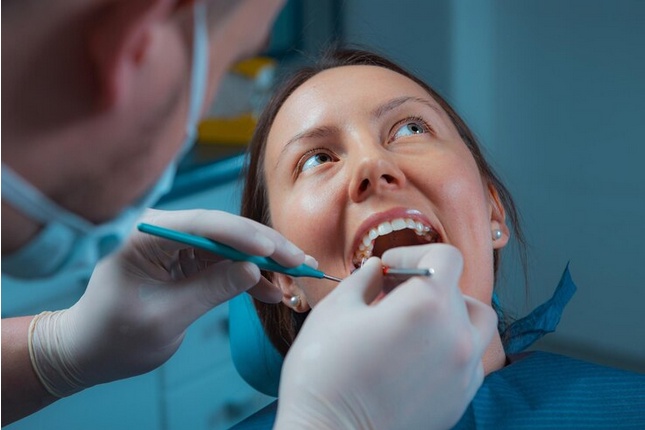Emergencies don't adhere to a schedule, and dental issues are no exception. Whether it's a sudden toothache, a broken tooth, or a knocked-out filling, dental emergencies can be both painful and distressing. Understanding the essentials of emergency dentistry is crucial for effectively managing these situations and seeking prompt care. In this exploration, we delve into the world of emergency dentistry, highlighting its significance, common dental emergencies, and the necessary steps to take when tooth troubles arise at any hour.
Significance of Emergency Dentistry
Dental emergencies demand immediate attention due to the potential for severe pain, risk of infection, and the possibility of permanent damage if left untreated. The significance of emergency dentistry lies in its ability to address urgent dental issues promptly, providing relief to individuals in distress and preventing further complications.
The field of emergency dentistry encompasses a wide range of situations, from sudden toothaches and oral infections to traumatic injuries affecting the teeth and surrounding tissues. The ability to recognize and respond to these emergencies promptly can make a significant difference in preserving oral health and minimizing long-term consequences.
Common Dental Emergencies
-
Severe Toothache: Intense, persistent toothaches can be indicative of various issues, such as dental decay, infection, or a dental abscess. Immediate attention is necessary to identify the underlying cause and alleviate the pain.
-
Broken or Fractured Tooth: Trauma or biting into something hard can result in a broken or fractured tooth. It's essential to seek emergency dental care to assess the extent of the damage and determine the appropriate treatment, which may include bonding, crowns, or in severe cases, extraction.
-
Knocked-Out Tooth: A knocked-out tooth requires immediate attention to increase the chances of successful re-implantation. Rinse the tooth gently, place it back in the socket if possible, or store it in milk or saliva, and seek emergency dental care within 30 minutes for the best outcome.
-
Lost Filling or Crown: A lost filling or crown can expose the underlying tooth structure, leading to sensitivity and discomfort. While waiting for emergency care, placing dental cement, sugar-free gum, or dental wax over the exposed area can provide temporary protection.
-
Dental Abscess: An abscess is a painful infection around the tooth or in the gums, often accompanied by swelling and pus formation. Dental abscesses can lead to systemic infections if not addressed promptly. Immediate dental intervention is crucial to drain the abscess and prescribe antibiotics.
-
Soft Tissue Injuries: Injuries to the lips, cheeks, tongue, or gums may result in bleeding and require immediate attention. Applying gentle pressure with clean gauze and seeking emergency dental care can help address soft tissue injuries effectively.
Steps to Take During a Dental Emergency
-
Assess the Situation: Evaluate the severity of the dental emergency. If there is severe pain, significant bleeding, or a knocked-out tooth, seek emergency dental care immediately.
-
Manage Pain: Over-the-counter pain relievers such as ibuprofen can help alleviate dental pain temporarily. Follow the recommended dosage instructions, and avoid placing aspirin directly on the affected area, as it may cause irritation.
-
Control Bleeding: For bleeding, rinse your mouth with warm water and apply gentle pressure with clean gauze or a cloth. If bleeding persists, seek immediate dental care or visit the emergency room.
-
Save a Knocked-Out Tooth: If a tooth is knocked out, handle it by the crown (top part) and avoid touching the root. Rinse it gently if dirty, try to reinsert it into the socket, or store it in milk or saliva while heading to the dentist.
-
Protect a Broken Tooth: If a tooth is broken, rinse your mouth with warm water, and use a cold compress on the outside of the face to reduce swelling. Avoid biting on the broken tooth, and seek emergency dental care for proper assessment and treatment.
Conclusion
Emergency dentistry plays a vital role in addressing unexpected tooth troubles and ensuring that individuals receive timely care for dental emergencies. By understanding the significance of emergency dental care, recognizing common dental emergencies, and knowing the appropriate steps to take, individuals can navigate tooth troubles at any hour with confidence. Seeking prompt attention during a dental emergency not only alleviates pain but also helps prevent further complications, preserving oral health and promoting overall well-being. In times of dental distress, knowing the essentials of emergency dentistry can make a significant difference in achieving a swift and effective resolution.


No comments yet